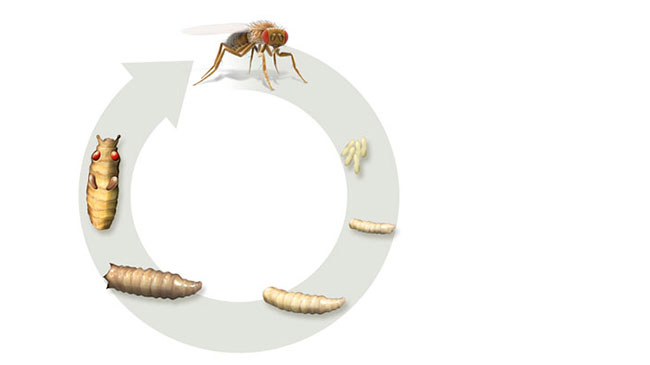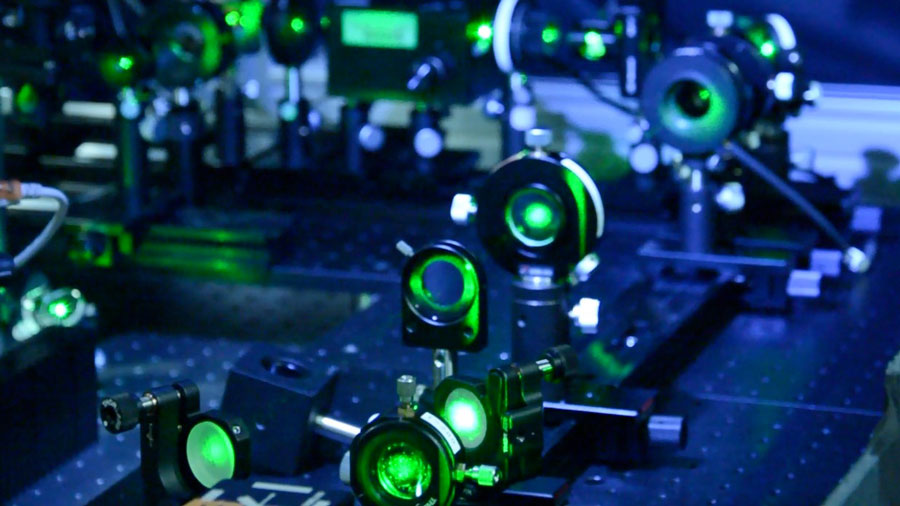2021-03-26
Research Highlights
Research highlights articles and press releases between December 2020 to February 2021
Raman spectroscopy provides non-invasive way to track cell reprogramming
Feb 12, 2021
Induced pluripotent stem cells (iPS cells), which are produced by reprogramming differentiated cells to revert to an undifferentiated state, have the ability to produce all cell types of an organism, and are considered to hold promising applications for regenerative medicine. To gain a better understanding of the cell dynamics during the reprogramming process, Arno Germond, Tomonobu Watanabe (Lab for Comprehensive Bioimaging) and colleagues used an analytical technique known as Raman spectroscopy to monitor chemical changes in cells (top image). Raman spectroscopy uses a laser beam to measure the signature molecular vibrations of each chemical group and does not require labeling samples, making it less invasive, faster and less expensive than existing methods. The team uncovered evidence that Raman spectroscopy provides spectral biomarkers that indicate the progression of reprogramming. More
Germond A, Panina Y, Shiga M, et al. Anal Chem 92, 14915-14923 (2020)

A recipe for cyclical regeneration of bioengineered hair
Feb 10, 2021
Mammalian hair growth is a continuous cyclical process in which hairs grow, fall out, and grow back. The hair follicle contains several types of epithelial stem cells, but the cell populations that enable long-term cyclical regeneration of hair follicles have long remained unknown. A study by Makoto Takeo, Takashi Tsuji (Lab for Organ Regeneration) and their collaborators now reports the establishment of a culture method to amplify hair follicle stem cells in vitro while maintaining the ability to regenerate hair follicles. In addition, they identified the stem cell population that was critical for ensuring long-term cyclic hair follicle regeneration. More
Takeo M, Asakawa K, Toyoshima KE, et al. Sci Rep 11, 1173 (2021)

Changes in nutrient storage and metabolism help fruit flies reach maturity
Jan 15, 2021
Although organisms generally can survive by consuming stored nutrient sources in the event of starvation, it was not known whether such a survival strategy is always employed in the actual life history of an organism. Through mathematical modeling, Takashi Nishimura (former Lab for Growth Control Signaling), Yoshihiro Morishita (Lab for Developmental Morphogeometry) and their colleagues simulated nutrient management in developing fruit flies. They show that flies shift their response to starvation from consumption to conservation of nutrient stores during the transition from growth (early larval stages) to maturity (late larval stages) to optimally maximize their adaptation for future survival and reproduction. More
Yamada T, Hironaka KI, Habara O, et al. Nat Metab 2, 1096-1112 (2020)
Hijacking hibernation
Dec 25, 2020
In the last few years, scientists have been able to clarify the energy-saving mechanisms at work in hibernation, culminating in two important papers published in June 2020. But what does this mean for human hibernation? BDR’s Genshiro Sunagawa, who co-led the study of one of the papers, explains how a small subset of neurons in mice regulate this metabolic phenomenon of hibernation and how it affects the heart rate, oxygen consumption, respiration rate, and other physiological functions. His long-term goal is to apply their findings to medicine. Slowing metabolic processes in critically ill patients will buy time to transport them to the hospital, and reducing metabolism in organ transplants will extend their viability. Moreover, long-term hibernation in humans may lead us to space travel. More

Can sting rays and electric rays help us map the ocean floor?
Dec 8, 2020
The ocean floor is a big place full of natural resources, but many are hidden away in places we have yet to find. Ocean exploration is therefore necessary, and currently, automated vehicles, sonar, and satellites are used for this purpose. A team led by Yo Tanaka of the Lab for Integrated Biodevice is developing a completely different system for exploration that relies on the natural swimming behavior of benthic sting rays and electric rays. They first confirmed that rays spend much of their time skimming slowly around the ocean floor. Then by attaching pingers, devices that emit ultrasonic sound, to the rays and lowering them into the ocean from a large boat outfitted with several receivers that pick up the pinger’s sound, they could calculate the position of the ray. By comparing their data with an existing seabed map of the same area, they were able to demonstrate the proof-of-concept and feasibility of using the ray’s position to map the seabed. More
Funano S, Tanaka N, Amaya S, et al. SN Applied Sciences 2, 2142 (2020)
